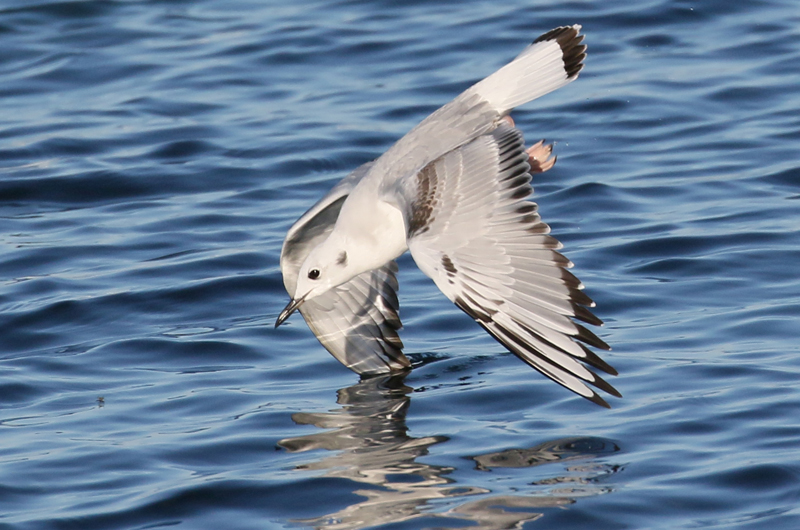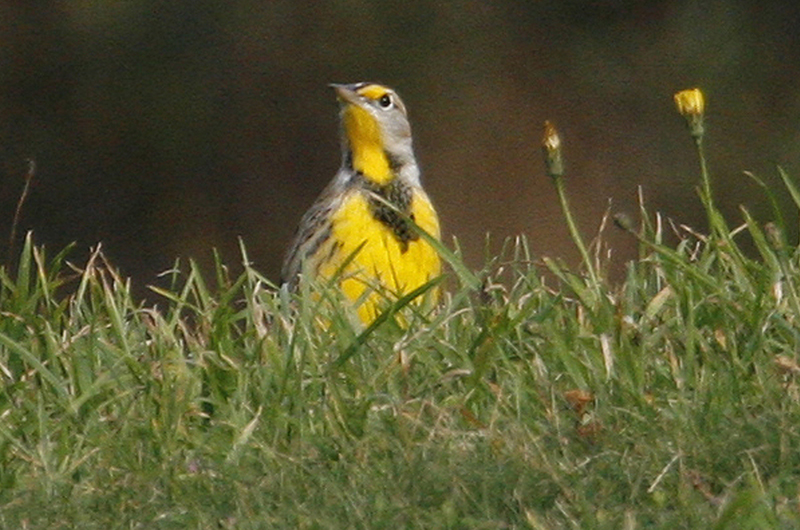Everybody, birders and non-birders alike, wants to see a snowy owl. They are spectacular birds, our largest owl, and it is easier to see snowies because, unlike other owls, they are active throughout the day (it is daylight all the time in the Arctic summer). They are back now, and this may be another invasion winter.
As Susan Whiting reported in a previous column, Rick Dwyer spotted the first snowy of the winter on Nov. 11 on Cape Pogue. Possibly the same snowy owl was seen again on Nov. 24 by Allan Keith. Two more showed up on Nov. 25 — one on Norton Point spotted by Rick Dwyer and Kenneth LaVigne, and another on State Beach spotted by Jeff Bernier and myself. Susan Whiting found the Norton Point snowy again on Nov. 27.
An important word of caution, they need to eat a lot of food to keep their engine going, so they can not afford to waste their energy flying away from excited and curious people. So please, enjoy the sighting and take pictures, but keep your distance (75-100 yards). Remember that the next person coming by will also want to see the owl, so stay in your car if you can, as the car is less likely to stress the owl than either you or me. Repeated disturbance from many observers will increase the probability that the owl will move to a different beach.
How long will the snowies will stay? Short answer: we do not know. Historically, these owls would show up and stay for a few days before moving elsewhere. But we may have started a new normal. We have had snowy owls as winter residents for the past four winters. The 2013 Christmas Bird Count documented an amazing 25 snowies on the Island. We have not had that many since then, but every year there have been three to five snowies around, with some staying into April.
The next intriguing species is an immature bald eagle. Gus Ben David spotted one circling over his yard. “It put on quite a show for 15 minutes,” on the morning of Nov. 27. This is the first eagle sighting in quite a while, but more sightings are likely as the year progresses. There have been two eagles sighted on each of the last two Christmas Bird Counts. Some eagles, occasionally even adults, can be expected to be around through the winter.
The third intriguing species to show up this week is the rusty blackbird. One rusty was at Penny Uhlendorf’s and Scott Stephens’ yard on Nov. 24, and a second one showed up the next day. They were busily finding food amongst the leaf litter rather than going for the easy food in the nearby feeders.
Rusties have the shape of a slender red-wing (they are blackbirds after all) but at this time of the year they are black on their wings and hind-quarters only. The rest of their body is either rich rusty brown or buffy, and their eyes are bright yellow. These different-looking blackbirds are now rare fall transients, although they used to be fairly common. Their population is declining incredibly rapidly; various studies have documented a decline of 85 to 99 per cent since the mid 1970s. And, even more unfortunately, nobody can explain why they have declined that much.
Bird Sightings
Susan Whiting reports highlights of a peregrine falcon, two greater yellowlegs, and a northern gannet at Black Point Pond on Nov. 26.
Allan Keith spotted six razorbills off Squibnocket on Nov. 23. On the songbird front, he found a white-eyed vireo at Squibnocket on Nov. 25, as well as a blue-headed vireo, a Baltimore oriole, and a yellow-breasted chat on Nov. 23. He comments that he has seen a lot of catbirds recently, while eastern towhees have been unusually scarce. On Nov. 25 he spotted his first towhee in more than two weeks.
On Cape Pogue on Nov. 24, Mr. Keith spotted a pomarine jaeger at Wasque, an oceanic species that is not seen very often from land. Other firsts for the season include 10 shovelers and a common goldeneye on Pocha Pond, as well as one American pipit and one snow goose at Katama. He also reports a peregrine falcon, 50 red-throated loons, 20 hooded mergansers, and 40 snow buntings, and a lone late semipalmated plover.
Lanny McDowell spotted an eastern meadowlark and Wilson’s snipe in one of the Edgartown Great Pond marshes, as well as a horned lark and an Ipswich sparrow elsewhere in Katama. He also spotted both brant and Bonaparte’s gulls of East Chop, all on Nov. 25. Also that day, my guided birding tour spotted a flock of red-breasted mergansers repeatedly diving into the waters off Little Beach. Accompanying the mergansers was a flock of about 20 Bonaparte’s gulls partaking of the same fishy feast.
On Nov. 19, Philip Edmundson found a flock of 20 snow buntings on the beach at Watcha Pond.
Finally, back on Oct. 3, Bob Bottary photographed an owl that he observed in the headlights as he drove down Dike Road. Was it a very early snowy owl or the more expected barn owl? Consensus is that the bird is a barn owl as it does not seem to be stocky enough to be a snowy. It is still an interesting sighting as barn owls are far from common, as their population crashed during that cold snowy winter a few years back.
Plenty of migrants can still be found and our winter residents are becoming increasingly abundant; please keep us up-to-date by reporting your sightings to birds@mvgazette.com.
Robert Culbert is an ecological consultant living in Vineyard Haven.









Comments (1)
Comments
Comment policy »